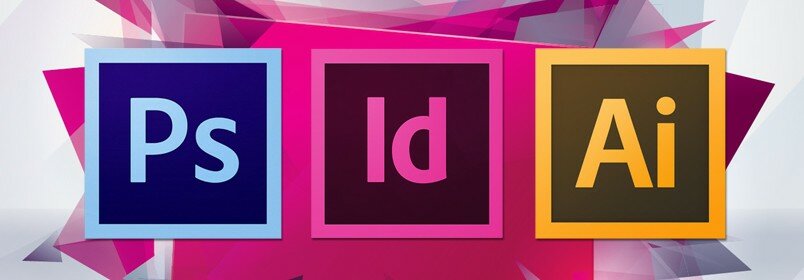Color Psychology : How Colors Influence Our Mind

Black and White aren’t that bad, but as Joseph Addison said, “Colors speak all languages.” Colors have a direct impact on the brain and our thought process. Colors depict personality, feelings, emotions, messages and influences our psychology.
It is widely understood that colors affect human behavior and emotion. This can be used by businesses to create an advantageous edge. Colors are a major part of branding in any industry starting from Company logo, brochure, corporate colors, office designs and others. Though, there is a lot of scope of research on how color influences our mind, but a study found out that around 90% of the purchase decision is based on color alone.
Different colors are known to trigger different emotions in us and hence, they are associated with different human attributes as well. Moreover, different cultures also have different connotations for colors.
Color and Temperature
Experts feel that color can be associated with people’s perception temperature. Colors like red and yellow gives a warmer sensation, while colors like blue and green are known to be more ‘cooler’ shades. This helps designers to use these appropriately in interiors, apparels or even specific products.
Color and Emotion
Colors evoke a person’s emotional quotient in different ways. Sally Augustin, Ph.D. and an environmental psychologist highlighted few basic facts on how colors can affect emotional and behavioral actions. For example, someone might dislike blue color, if he/she is reminded of some allergy medicines of his/her childhood. Similarly, a person might have an attachment or aversion to certain colors, which is related to their emotional self.
Color psychology also varies based on gender as well. Recent research by experts talks about the relation between colors and emotional health. Some of the general beliefs about different colors are as follows:
RED: This is the color of power and force. Red stimulates our mind to work faster and reduces analytical thinking. It is also the color of warning. So, mostly you will see the warning signs in this color.
BLUE: This is a more acceptable color and depicts serenity or smoothness.
YELLOW: This is the color of purity.
ORANGE: it is associated with healing and increases energy levels. It indicates good value, so brands use it to depict trust and support.
PINK: It is mostly associated with care or babies, which helps to calm people down and give a feeling of happiness.
GREEN: This is again related to acceptance and trust. Brands use this color to bring out concepts of growth and prosperity.
WHITE: This is sometimes associated with boredom or sadness. However, both black and white have a wide variety of meanings in different cultures and races.
These are just a few general connotations, which can vary over customs and religions too.
Color psychology is a vast and yet to be fully explored. Once documented the findings will be of great insight for brands to enhance their look and feel. The eyes see the colors, the mind interprets them and the brain indicates the action. It is no longer about a single color, people are experimenting with different shades and hues to give brands- products and services, a whole new perspective. Colors are an integral part of our lives, and they strongly help to make or break market decisions.
Do you need help? We are here for you
Just write to us at info@medialabs.in. To know more about us, visit our website www.medialabs.in.
Hey, thanks for the info. Now what?
If you need any help with content creation, we have tons of free resources to get you over the hump. Please subscribe to this blog to ensure that you never miss an article.
Have questions or comments? Please use the comment form down below. We read and reply to every comment.
If you really enjoyed this post, please help us to spread the word by clicking one of the social media sharing buttons.
Thanks so much!

